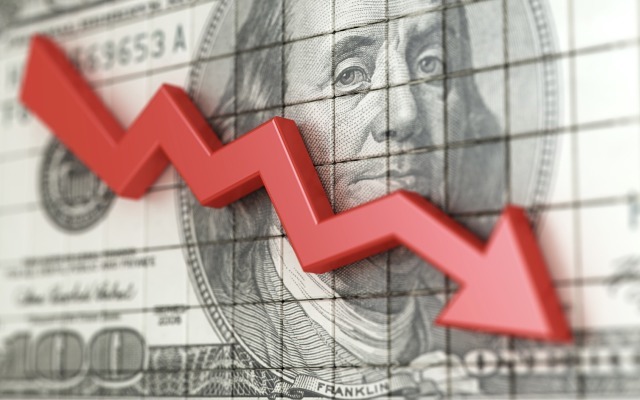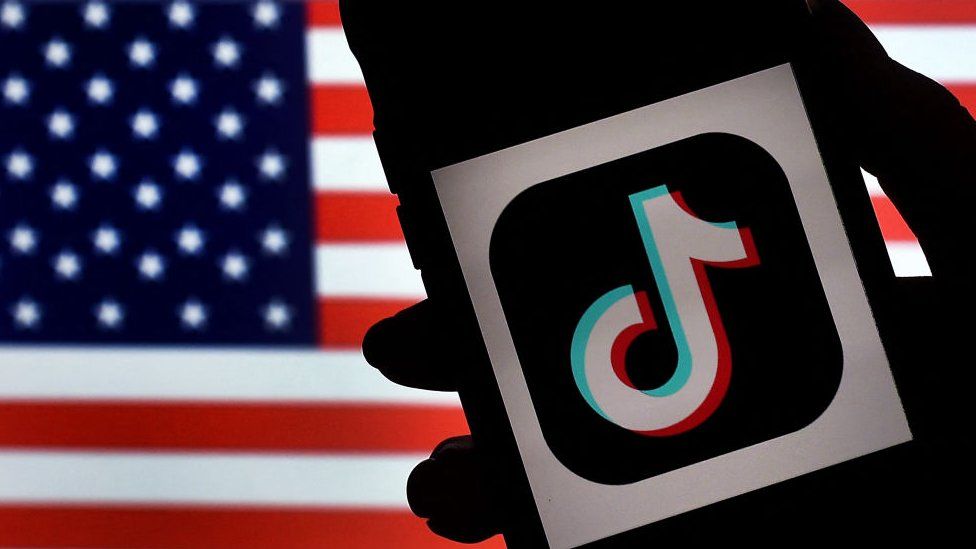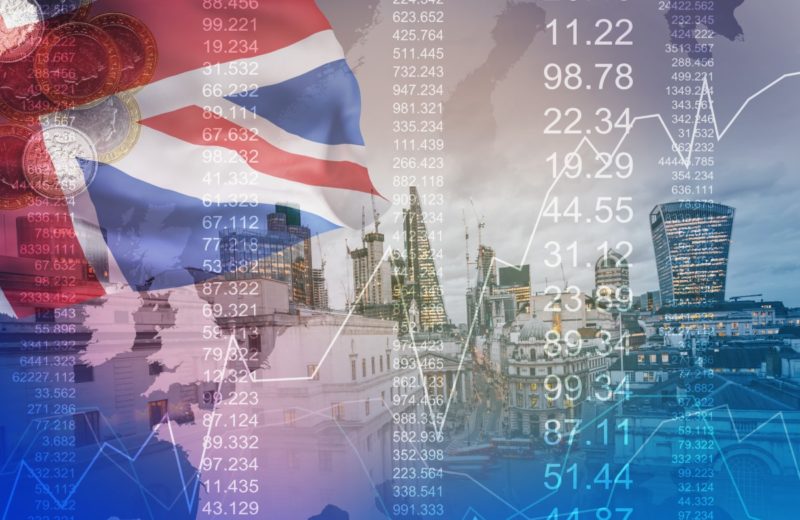Anticipation of Fed Trimming of The Rate Hikes Weighs on Greenback
When investors put money on higher inflation and US rate hikes, the dollar seemed unstoppable earlier this year. In droves, they are now turning against it.
Cooling prices stimulate markets to reduce bets on future Federal Reserve tightening, according to former bulls such as JPMorgan Asset Management and Morgan Stanley. That might bode well for Europe, Japan, and developing countries currencies.
More dovish Fed remarks and cooling inflation fuel bets of a slower pace of rate hikes are driving a debate on how to best trade the world’s reserve currency. Most people have reached the same conclusion: American exceptionalism is fading.
Consequences of Weakening of The Dollar
The dollar’s long-term decline has far-reaching implications that extend beyond currency markets. It will help alleviate the cost of food purchases for the world’s poorest countries, lower governments’ debt repayment costs, and relieve pressure on European economies impacted by imported inflation.
The Bloomberg Dollar Spot Index tracks the US dollar against ten main competitors. It has dropped more than 6% from its September high and fell 0.4% on Tuesday. Meanwhile, the dollar has depreciated by around 7% versus the yen and New Zealand dollar over the last month versus all of its Group-of-10 peers.
During the week ending Nov. 18, asset managers increased their bets on a weaker US dollar by the most since July 2021. A statement from the Commodity Futures Trading Commission data.
The Fed’s perspective is reflected in the most recent minutes. The majority of authorities believe that the pace of rate hikes should be slowed soon. Expectations for the Fed’s rate climb have fallen to below 5% from above in early November. This information is gained through overnight index swaps.
Treasury yields on 10-year notes have dropped around 60 basis points from their October highs, indicating their peak.
The US dollar might no longer be a straightforward purchase. Yet various triggers may cause it to intensify. According to Agnes Belaisch, a strategist at Barings in London, the Fed is still laser-focused on maintaining price stability. That means interest rates may have to stay elevated for a while before it starts cutting.
















